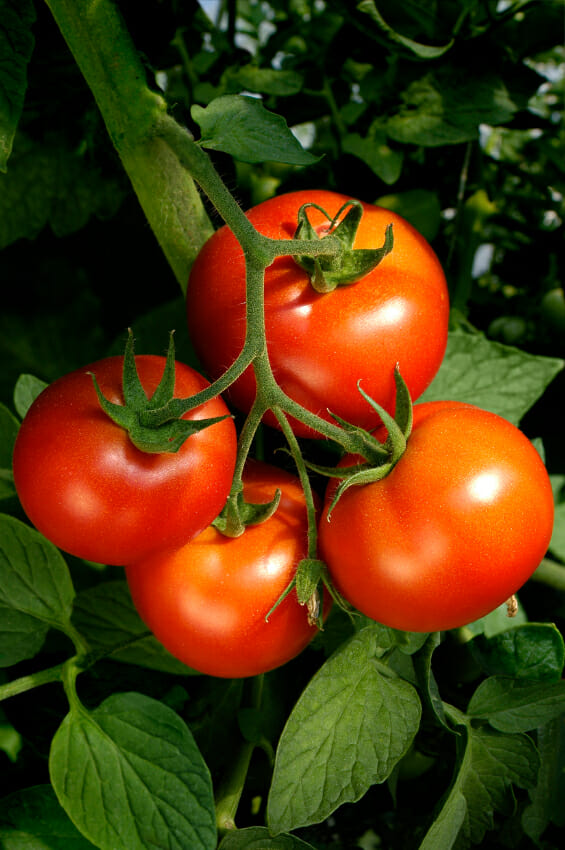How to Grow Bigger Vegetables in Your Home Garden
A complete guide to maximizing yields and producing prize-worthy vegetables, right from your backyard.
There’s nothing quite like the satisfaction of harvesting the biggest, healthiest vegetables from your own garden.
For many gardeners, growing oversized produce isn’t just about bragging rights—it’s proof of rich soil, careful tending, and dedication.
Fairs and competitions even hand out awards for giant pumpkins, record-breaking zucchinis, and prize tomatoes.
But even if you’re not competing, bigger, more vigorous veggies often mean higher yields, better quality, and tastier meals.
So how do you achieve these results in your home garden? Below is a comprehensive guide covering soil health, sunlight, spacing, stress reduction,
pest management, plant variety selection, and pruning techniques—all the essentials to help your vegetables reach their maximum potential.
1. Give Your Vegetables Plenty of Everything
Plants thrive when they receive all the resources they need in balance. For vegetables, that means:
- Sunlight: Most vegetables require at least 8 hours of full sun each day. Without it, plants stretch thin and yields shrink.
- Water: Consistent watering is crucial. Deep watering encourages stronger root systems, while irregular watering can lead to stress and reduced fruit size.
- Soil Quality: Vegetables need well-draining soil enriched with organic matter. Compost is one of the best amendments for improving both fertility and structure.
- Nutrients: A balanced vegetable fertilizer or a thick layer of compost around plants ensures steady nutrition.
At Grillo Services, we produce organic compost right here in Milford.
For brand new gardens, our Garden Soil blend—a 50/50 mix of screened topsoil and compost—provides the perfect foundation for vegetables.
2. Space Plants Correctly
Overcrowding is one of the biggest mistakes home gardeners make. Each plant needs room for roots and leaves to grow without competition.
Always follow seed packet or transplant instructions for spacing. Proper spacing improves airflow, reduces disease pressure, and allows each plant to maximize growth and yield.
3. Minimize Stress on Your Plants
Plants under stress divert energy from fruit production to survival. Stress can come from:
- Letting soil dry out too much between waterings
- Inconsistent or inadequate fertilization
- Exposure to harsh winds or flooding
- Pests or disease damage
To minimize stress:
- Use automatic irrigation if you can’t water consistently.
- Apply extended-release fertilizers to maintain steady nutrition.
- Plant in protected spots or install windbreaks to shield crops.
- Mulch around plants to help retain soil moisture and regulate soil temperature.
4. Keep Diseases and Pests at Bay
A healthy plant is a productive plant. Garden pests and diseases can cut yields dramatically if not managed.
Some tips:
- Rotate crops: Don’t grow the same crop in the same spot every year. This helps break pest and disease cycles (e.g., avoid planting cabbage in the same place two years in a row).
- Use companion planting: Crops like marigolds, dill, and pyrethrum can naturally repel pests.
- Scout regularly: Early detection of pests allows for quick action with organic or chemical controls.
5. Choose the Right Varieties
Not all vegetables are created equal. Some varieties are bred for size, others for disease resistance. When selecting seeds or transplants:
- Look for varieties specifically labeled as high-yield or giant-fruited.
- For tomatoes, many commercial varieties are bred to resist fusarium wilt and other common diseases.
- Ask local suppliers which varieties perform best in your area’s climate and soil conditions.
By starting with the right genetics, you’re setting your garden up for bigger, healthier harvests from day one.
6. Practice Smart Pruning
Pruning helps direct energy where you want it—toward bigger fruits instead of excess foliage. For example:
- Tomatoes: Remove suckering stems and extra flowers so energy goes into fewer, larger tomatoes.
- Vining crops (cucumbers, melons): Pinch off secondary growth if you want larger fruits instead of many small ones.
- Indefinite producers (like zucchini): Often don’t need pruning, as their growth naturally supports continuous production.
Bringing It All Together
Growing bigger vegetables isn’t about any one trick—it’s about consistent care and balanced growing conditions.
With the right soil, proper spacing, stress reduction, pest management, smart variety choices, and selective pruning,
you’ll see impressive improvements in both size and yield.
Remember, healthy soil is the foundation of every successful garden. If you want prize-worthy crops, start by enriching your beds with compost and organic garden soil.
Give Your Vegetables the Best Start
Bigger vegetables begin with better soil. Our organic compost and Garden Mix (50/50 screened topsoil and compost)
provide the fertility and structure your plants need to thrive.



